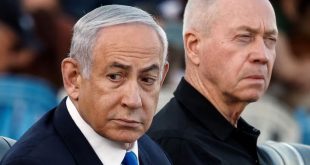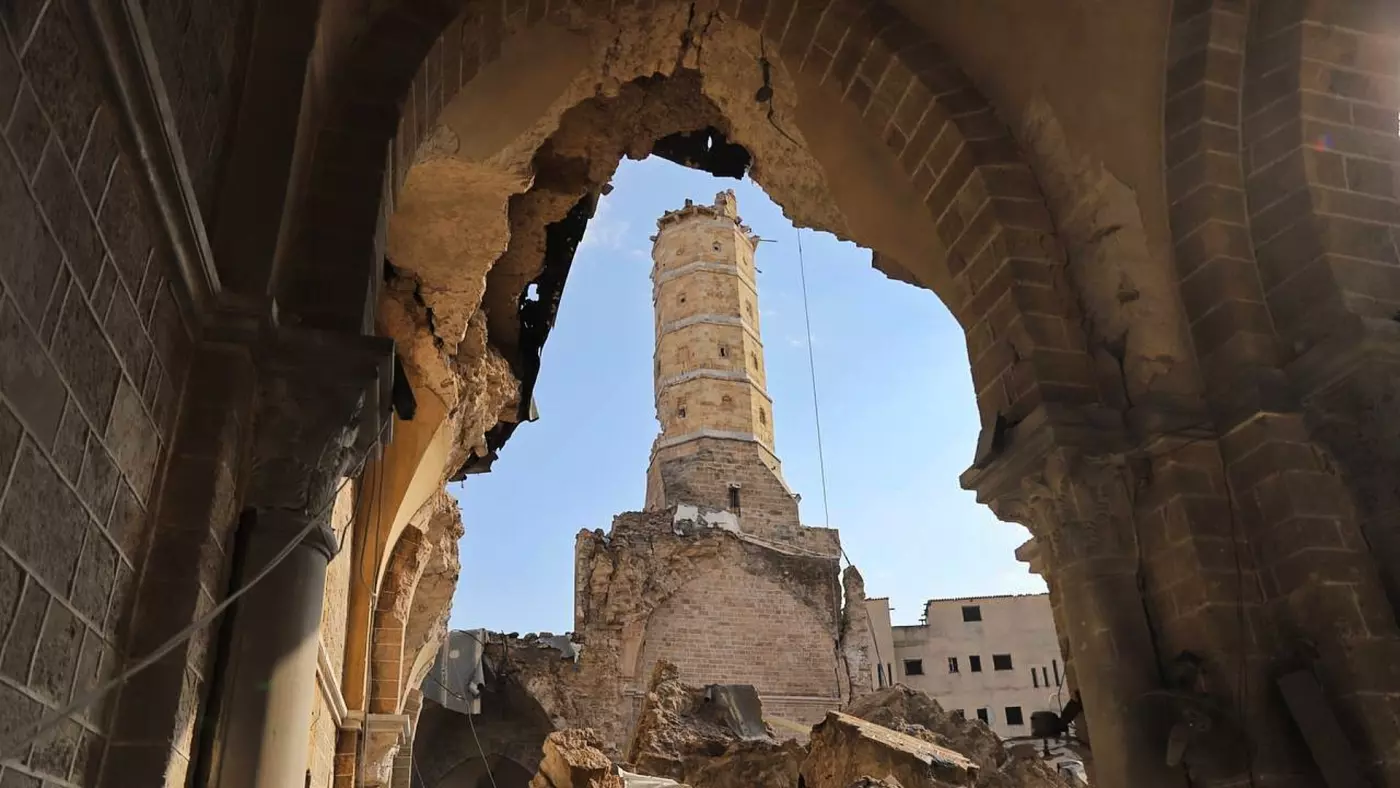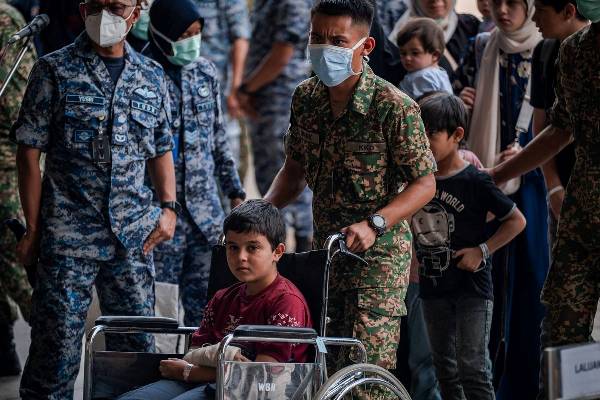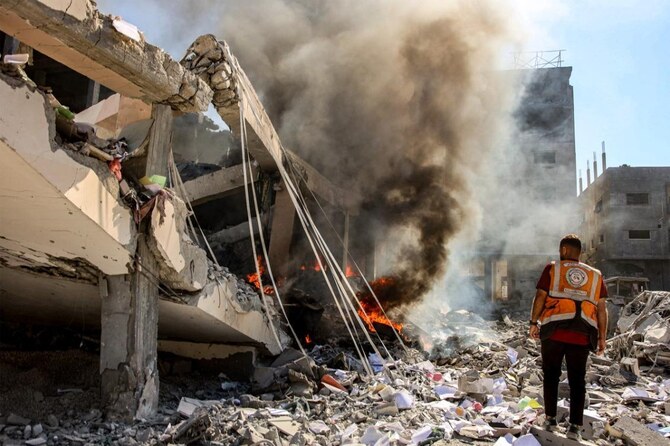The recent Israeli massacre of dozens of Palestinians in Gaza, which included the killing of at least 17 children, and Israel’s subsequent murder of West Bank Palestinians, including two children, unfolded in the wake of recent revelations about the 1956 massacre that the Israeli border police committed against their own Palestinian citizens in the village of Kafr Qasim.
To enumerate the documented Israeli massacres of Palestinian civilians, including those of Gaza, would require volumes
This month’s massacre is part of an ongoing campaign targeting Palestinians in Gaza which began soon after the Zionist settler-colony was established in 1948.
Israeli border raids on the then Jordanian-annexed West Bank and then Egyptian-held Gaza were frequent throughout the early to mid 1950s. These included Israeli army massacres of civilians in the West Bank Palestinian town of Qibya in 1953 when the Israelis slaughtered 69 Palestinian civilians, two thirds of whom were women and children, as well as the massacre of 43 Palestinian refugees in Gaza the same year. Both massacres were committed by Unit 101 of the Israeli military headed by Ariel Sharon.
Total impunity
It was with this background of Israeli impunity in slaughtering Palestinians outside Israel’s borders that on the day of the Israeli invasion of Gaza and Egypt on 29 October 1956, the Israelis massacred Palestinians in Kafr Qasim – a village inside Israel bordering the West Bank.
Late that morning, the Israelis imposed a curfew on Kafr Qasim’s Palestinian citizens while Palestinian farmers were off working in the fields. Israeli border police waited in the village for the farmers to return in the afternoon, sniping them one by one on their way home, killing 50, half of whom were children.
Recent archival revelations show that the massacre was part of a plan to spread general panic among what remained of the Palestinian population inside Israel after Zionist militias and the Israeli army’s ethnic cleansing of Palestinians between 1947 and 1949. The massacre, the documents show, was part of an Israeli plan to induce the remnant Palestinians to leave the country altogether.
Despite an initial government cover-up, a trial took place and prison sentences were handed down in October 1958 to eight officers ranging from eight to 17 years. Appeals were filed, and all the sentences were reduced with all the convicted killers released by 1960, having spent their sentence not in a prison cell but a sanatorium in Jerusalem. Upon their release, they received a 50 percent increase in their salary with a cheque delivered to them in time for Passover.
Officer Gabriel Dahan, convicted of killing 43 of the 50 murdered Palestinians in one hour – 48 Palestinians died on the spot while two more died later of their injuries – was appointed as the officer responsible for Arab affairs in the city of Ramleh in September 1960.
The brigadier most responsible for giving the orders for the massacre, Yshishkar Shadmi, had a separate trial, and was found guilty of a “technical error” and fined one cent. While most Israeli newspapers at the time played down the massacre, famed Ashkenazi Israeli columnist Yehoshua Radler-Feldman, known by the pen name Rabbi Benyamin, wrote that “we must demand of the entire nation a sense of shame and humiliation…that soon we will be like Nazis and the perpetrators of pogroms.”
A premeditated crime
The recent release of hundreds of documents used in the trial of Israeli officers charged with the massacre, but which remained sealed until now, resulted from a Military Court of Appeals’ decision in response to a request made by the Israeli Akevot Institute researcher Adam Raz almost five years ago.
Whereas the details of the massacre have been known for decades, what the new documents reveal was that the massacre was in fact part of an Israeli plan dubbed Operation Hafarperet (Mole) to drive all Palestinians out of an area called the “Triangle”, ceded to Israel along with its Palestinian population in April 1949 after the end of the war by Jordan’s King Abdullah on the pretext that the Jordanian army could not defend it.
The deportation plan would have gone a long way to complete the Israeli expulsion of 85 percent of the Palestinians from the territory that became Israel during the 1947-49 Zionist conquest of Palestine.
The new expulsion plan involved “imprisoning Palestinians and then forcing them to escape to Jordan amid the chaos of a war,” and was going to coincide with Israel’s invasion of Egypt which Israel had plotted with France and Britain. Chaim Levy, who commanded the Border Police’s southern company overseeing Kafr Qasim, claimed that the commander instructed them that Palestinian “fatalities are desirable”.
He added that there existed two more elements in the plan: “creating enclosures” and “transporting people”. According to Haaretz, this meant the internment of Palestinian citizens of Israel in detention camps and “expulsion from their homes.” The curfew and the shooting of violators aimed at frightening the Palestinians and encouraging them to flee.
Shadmi confirmed this, saying, “It may encourage that thought…that the killing of a few people as an intimidation measure can encourage movement eastward, as long as we hint to them [the Palestinians] about the movement eastward.”
An Israeli tradition
What is often forgotten in narrating Israel’s slaughter of Palestinians, however, is that after the Palestinians of Kafr Qasim were massacred, the Israelis committed yet another two massacres of Palestinians as the Israeli invasion of Gaza and Egypt proceeded apace.
Upon conquering Gaza, the Israelis proceeded to bomb the town of Khan Younis on 2 November 1956, from the air, killing scores of civilians, before Israeli tanks entered the town on 3 November. The Israelis pursued resistance fighters and executed them on the spot or in their homes.
Meanwhile, in the adjacent refugee camp in Rafah, the Israelis rounded up all men and boys above the age of 15 in the town square. They proceeded to machine-gun them, killing somewhere between 300 and 500 people, the vast majority of whom were civilians and half being 1948 refugees.
To enumerate the documented Israeli massacres of Palestinian civilians, including those of Gaza, would require volumes. Suffice it to say that this latest massacre is part of an Israeli tradition that garners much support and little condemnation in the West.
Indeed, the US and the EU’s response to the massacre was to declare repeatedly and forcefully their support for “Israel’s right to defend itself” and mutedly to regret the death of Palestinian civilians.
It was, however, none other than Israel’s infamous defence minister, Moshe Dayan, who, as early as April 1956, understood the suffering of Gaza’s Palestinians as he went on to justify Israel’s addiction to killing them: “Who are we that we should argue against their hatred? For eight years now, they sit in their refugee camps in Gaza, and before their eyes, we turn into our homestead the land and the villages in which they and their forefathers have lived.
“We are a generation of settlers, and without the steel helmet and the cannon we cannot plant a tree and build a home. Let us not shrink back when we see the hatred fermenting and filling the lives of hundreds of thousands of Arabs, who sit all around us. Let us not avert our gaze, so that our hand shall not slip. This is the fate of our generation, the choice of our life – to be prepared and armed, strong and tough – or otherwise the sword will slip from our fist, and our life will be snuffed out.”
It seems that Dayan’s words continue to ring true not only for the Israeli murderers but also and especially for their US and Europeans enablers and funders.
Joseph Massad is professor of modern Arab politics and intellectual history at Columbia University, New York. He is the author of many books and academic and journalistic articles. His books include Colonial Effects: The Making of National Identity in Jordan; Desiring Arabs; The Persistence of the Palestinian Question: Essays on Zionism and the Palestinians, and most recently Islam in Liberalism. His books and articles have been translated into a dozen languages.
Post Disclaimer | Support Us
Support Us
The sailanmuslim.com web site entirely supported by individual donors and well wishers. If you regularly visit this site and wish to show your appreciation, or if you wish to see further development of sailanmuslim.com, please donate us
IMPORTANT : All content hosted on sailanmuslim.com is solely for non-commercial purposes and with the permission of original copyright holders. Any other use of the hosted content, such as for financial gain, requires express approval from the copyright owners.
 Sri lanka Muslims Web Portal Sri Lanka Muslims News Center
Sri lanka Muslims Web Portal Sri Lanka Muslims News Center



 Donate
Donate


